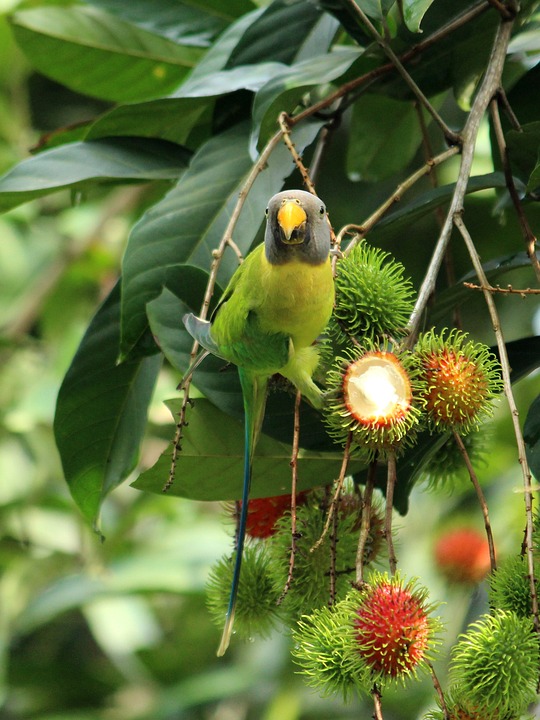Parrots are highly intelligent and social creatures that can develop deep bonds with their human companions. Building trust and fostering cooperation with your parrot is essential for a harmonious relationship and successful training. Understanding the signs of trust and cooperation displayed by parrots can help you gauge the progress of your bond and identify areas for improvement. In this article, we will explore various behaviors and body language cues that indicate trust and cooperation in parrots.
1. Vocalizations and Sounds
Parrots communicate through a wide range of vocalizations and sounds. Understanding their different vocalizations can provide valuable insights into their emotional state and level of comfort. Here are some vocal cues that indicate trust and cooperation:
– Contented vocalizations: When your parrot emits soft and rhythmic sounds, often accompanied by relaxed body language, it is a sign of contentment and trust. These sounds may include purring, gentle cooing, or melodic singing.
– Mimicking: Parrots are known for their exceptional ability to mimic human speech and other sounds. When your parrot starts imitating your words or sounds, it shows that it is comfortable and willing to interact with you.
2. Body Language and Posture
Parrots use their body language and posture to communicate their feelings and intentions. Paying attention to their subtle cues can help you understand their level of trust and cooperation. Here are some key body language indicators:
– Relaxed body posture: A parrot with a relaxed body posture, such as feathers lying flat, wings held slightly away from the body, and a raised crest (in some species), is more likely to be trusting and cooperative. Conversely, a parrot with feathers fluffed up, wings held tightly against the body, or a lowered crest may be feeling fearful or stressed.
– Wing displays: Parrots may engage in wing displays as a sign of trust and cooperation. They may slightly open and lift their wings, known as a “half-open wing,” to indicate their comfort and willingness to engage with you. This posture also serves as a visual display to demonstrate that they are not a threat.
3. Eye Contact and Preening
Eye contact and preening behaviors are important aspects of parrot communication and can reveal their level of trust and cooperation. Consider the following cues:
– Direct eye contact: When your parrot maintains direct eye contact with you, it indicates that they trust you and are comfortable in your presence. They may also use eye contact as a way of seeking attention or initiating play.
– Mutual preening: Parrots engage in mutual preening as a bonding behavior. If your parrot allows you to gently preen its feathers or reciprocates by preening your hair or clothing, it demonstrates a high level of trust and cooperation.
FAQs:
Q: How long does it take to build trust with a parrot?
A: Building trust with a parrot is a gradual process that can vary depending on the individual bird’s personality and past experiences. It may take anywhere from a few weeks to several months of consistent positive interactions to establish a strong bond.
Q: Can all parrots learn to trust their owners?
A: Yes, with patience, time, and proper training, most parrots can learn to trust their owners. However, some parrots may have specific fears or traumas that require additional care and specialized training to overcome.
Q: What should I do if my parrot shows signs of fear or aggression?
A: If your parrot displays fear or aggression, it is crucial to consult with an experienced avian behaviorist or trainer. They can help assess the situation, identify the underlying causes, and provide guidance on how to modify the behavior through positive reinforcement techniques.
Q: Are there any specific training methods to build trust and cooperation with parrots?
A: Positive reinforcement training, using rewards such as treats or praise, is an effective method to build trust and cooperation with parrots. Additionally, providing a stimulating and enriched environment, maintaining a consistent routine, and respecting the parrot’s boundaries can contribute to establishing a strong bond.
Remember, every parrot is unique, and it’s essential to observe and understand your parrot’s individual behavior patterns. By recognizing the signs of trust and cooperation, you can cultivate a deep and meaningful relationship with your feathered friend.









